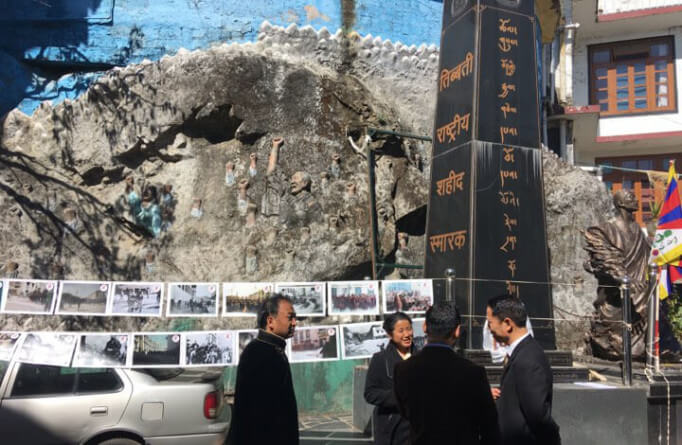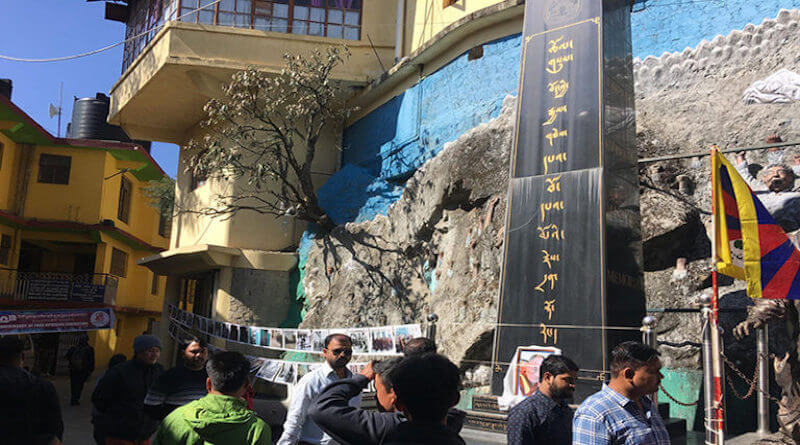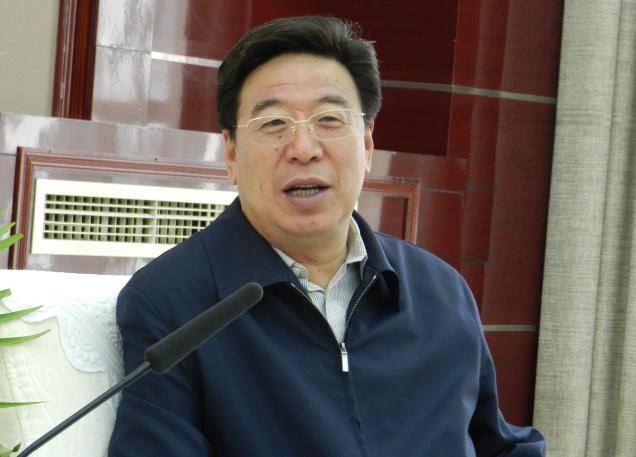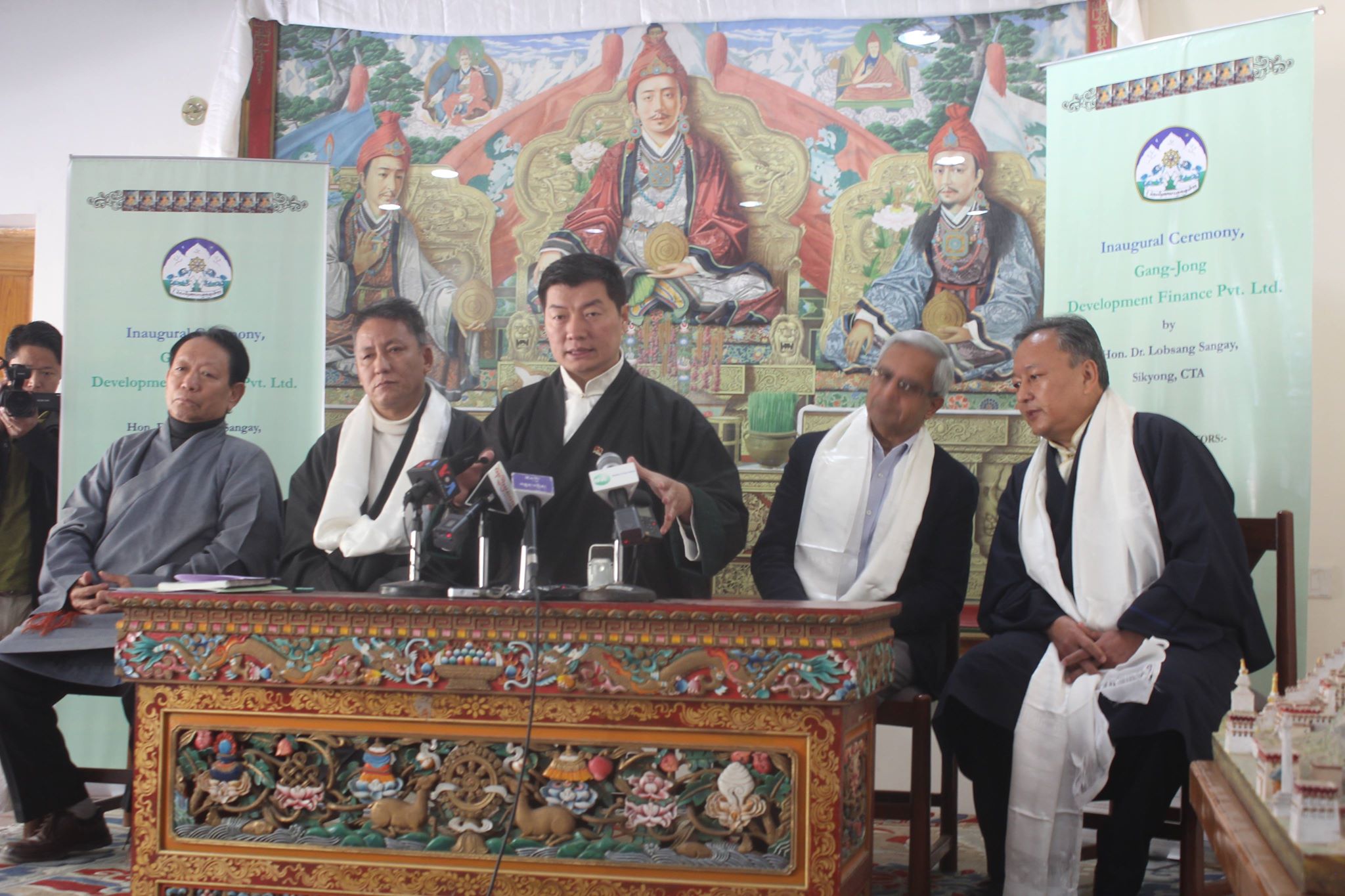Gu Chu Sum commemorates 30th anniversary of 1988 uprising in Tibet
By Lobsang Tenchoe
DHARAMSALA, March 5: Gu Chu Sum Movement of Tibet, an organization of former Tibetan political prisoners held a photo exhibition today to commemorate the 30th anniversary of 1988 Uprising in Lhasa at the Martyrs Pillar near the main Gate of the Dalai Lama Temple here in McLeod Ganj.
 “Today marks the 30th anniversary of March 5, 1988, pro-independence uprising in Lhasa spearheaded by monks from the Gaden Monastery, a landmark in the history of Tibetan struggle against the tyrannical Chinese invasion and its misrule in Tibet since 1959,” the organisation stated in its statement.
“Today marks the 30th anniversary of March 5, 1988, pro-independence uprising in Lhasa spearheaded by monks from the Gaden Monastery, a landmark in the history of Tibetan struggle against the tyrannical Chinese invasion and its misrule in Tibet since 1959,” the organisation stated in its statement.
On September 27, and on October 1, 1987, Tibetans took to the streets to protest against China’s repressive rule in Tibet while another widespread protest took place later on Oct 5, in Tibet. The peaceful and non-violent protests were heavy-handedly suppressed by China with brutal force using fear and violence, the organisation added.
But it backfired and drew international attention on the Tibetan struggle, “To the embarrassment of the Chinese government, their brutal response faced harsh criticism from the international communities and human rights groups,” the organisation said.
Hence, in a calculated move to save face and prevent further embarrassment, China tried to paint a picture to the world that it upholds the principles of universal human rights and particularly the ‘right to religion’ and allowed Tibetans to celebrate Chotrul Monlam Chenmo, (The great prayer festival), which falls on the 15th day of the first Tibetan lunar year, the stateme nt read.
nt read.
“However, during the ceremony, when the ritual of welcoming the statue of Lord Jampa Gonpo into the Tsuglakhang, Tibetans burst into shouting slogans of protest, many called in unison for the independence of Tibet, slogans of Free Tibet; Long Live the Dalai Lama; China out of Tibet and Tibet belongs to Tibetans. A large number of Chinese army came with brutal force, indiscriminately shooting at and killing many Tibetans on the spot while many more were injured and arrested,” Gu Chu Sum stated.
On the 2008 Pan-Tibet Uprising, the organisation said that many more Tibetans were imprisoned in the aftermath of 2008 Uprising and prisons in all three Tibetan provinces were filled with Tibetan political prisoners, and China’srepressive policies in Tibet has forced Tapey, a young monk to self-immolate in 2009 to protest the communist government’s policies in Tibet, and a staggering 152 Tibetans have self-immolated thus far, the organisation added.
And to commemorate the 30th anniversary of 1988 Uprising in the Tibetan capital, the organisation said, “we would like to acknowledge the courage and the sacrifice made by those who were protesting on that fateful day in Lhasa and to stand in solidarity with all the Tibetan political prisoners still imprisoned in Chinese jails and their families.”
The Dharamsala based organization of former Tibetan political prisoners concluded their statement by thanking the Tibet supporters, “We confess our deep respect and gratitude towards all of you. We thank the world leaders, international communities, Human Rights organisations and individuals who unceasingly supported the Tibetan struggle of truth and non-violence.”
Following the Chinese occupation of Tibet in 1959, the Uprising in 1987, 1988 and 1989 in Tibet is considered as the beginning of the resentment and protest against the Chinese rule in Tibet by the new generation of Tibet.






